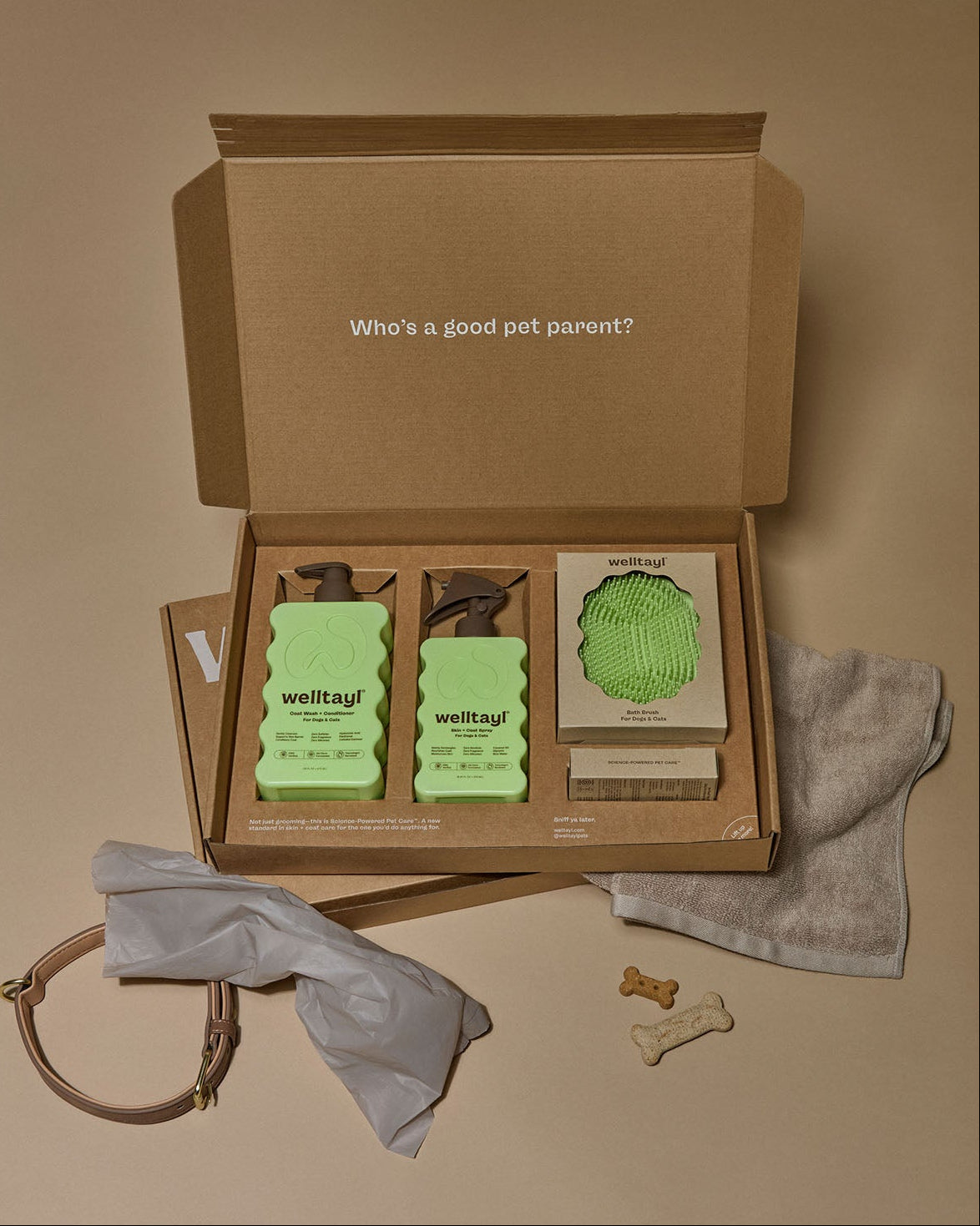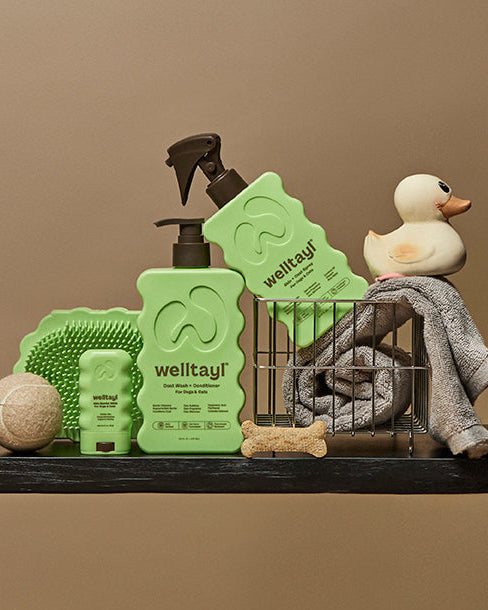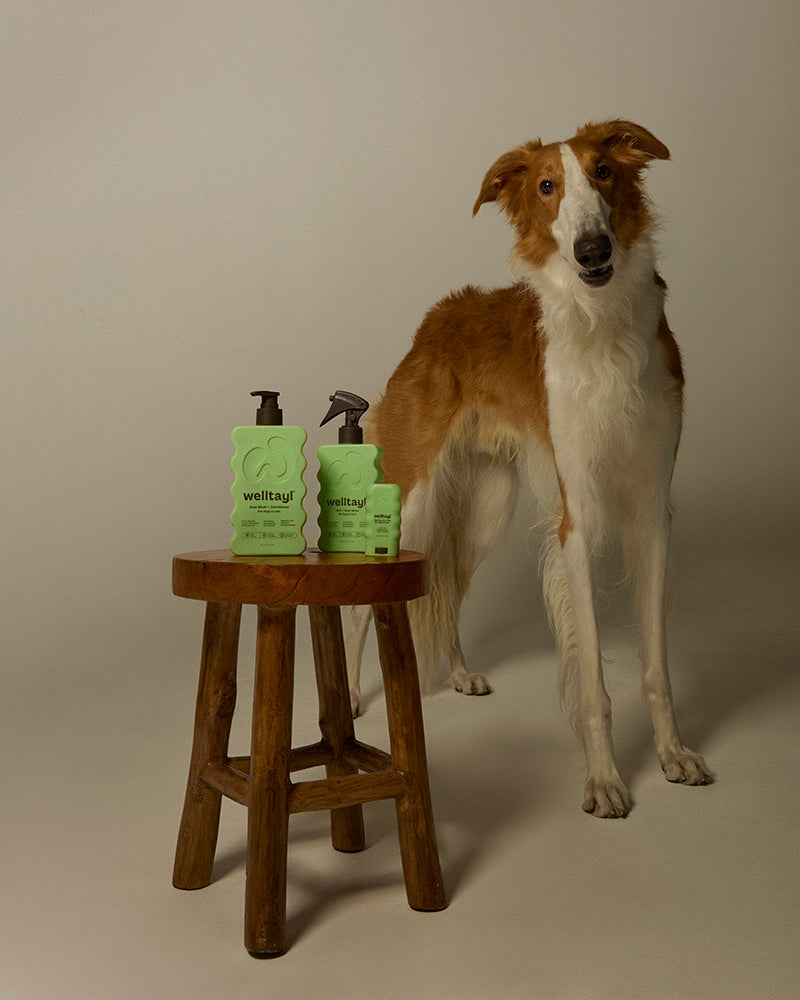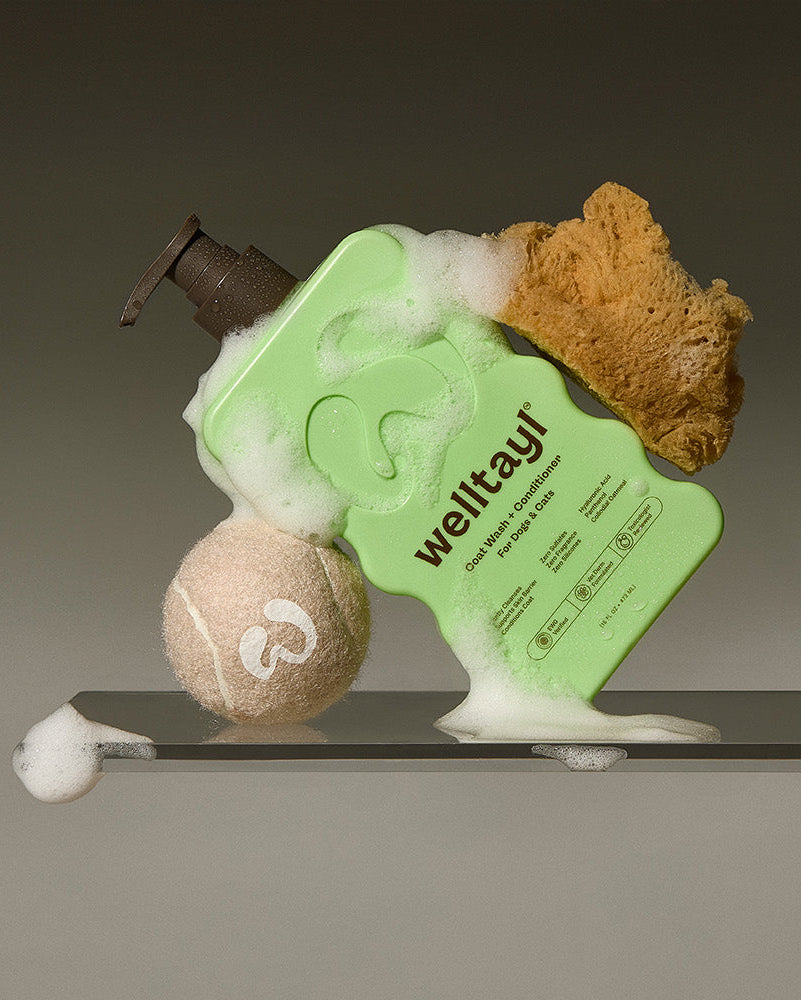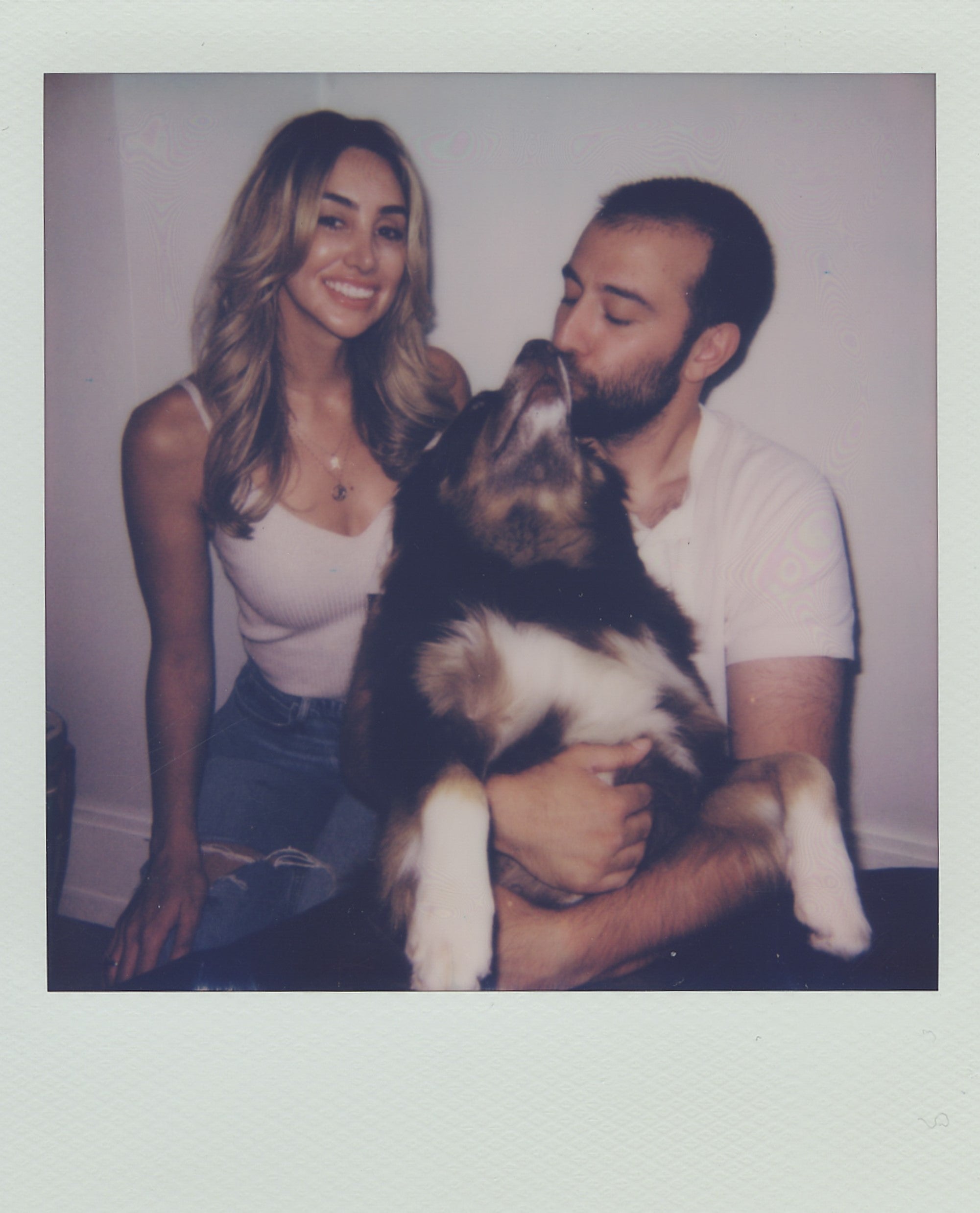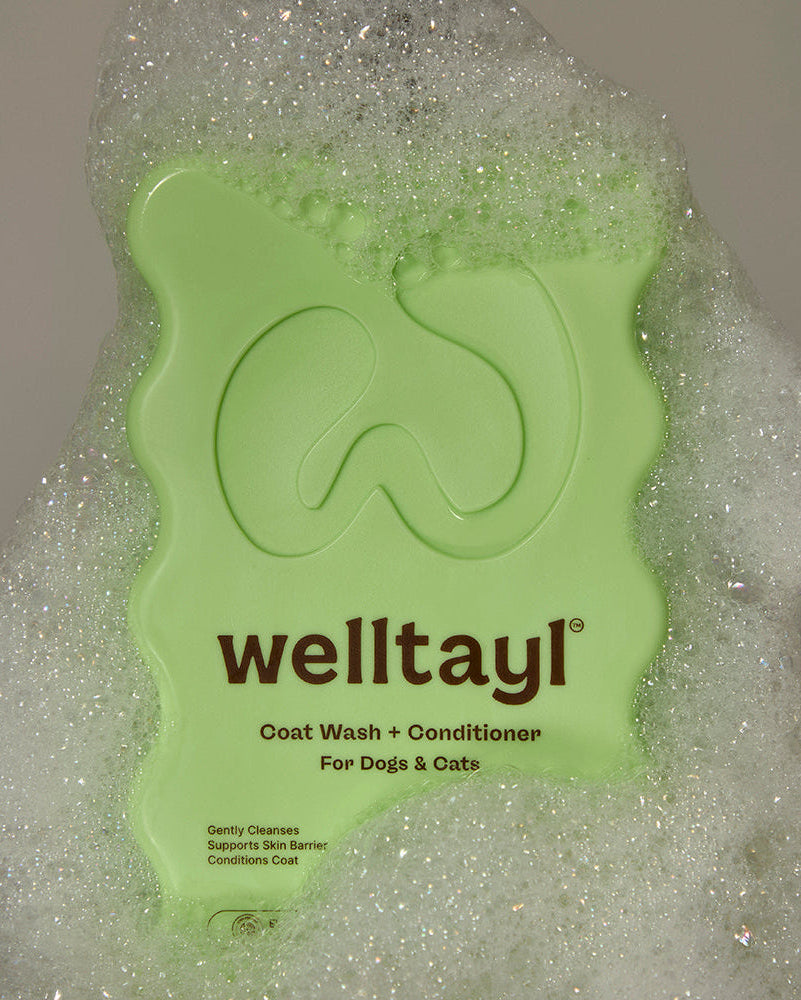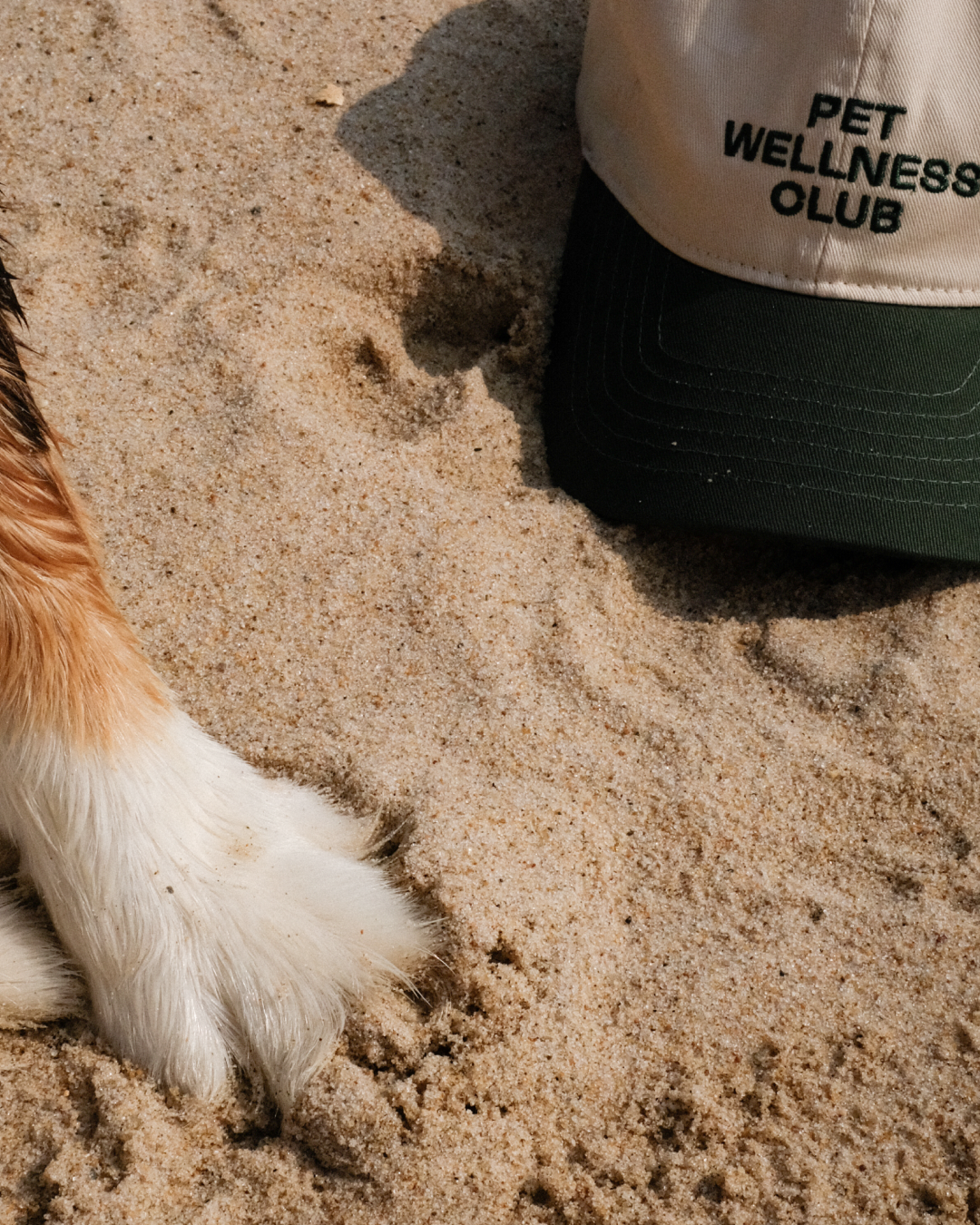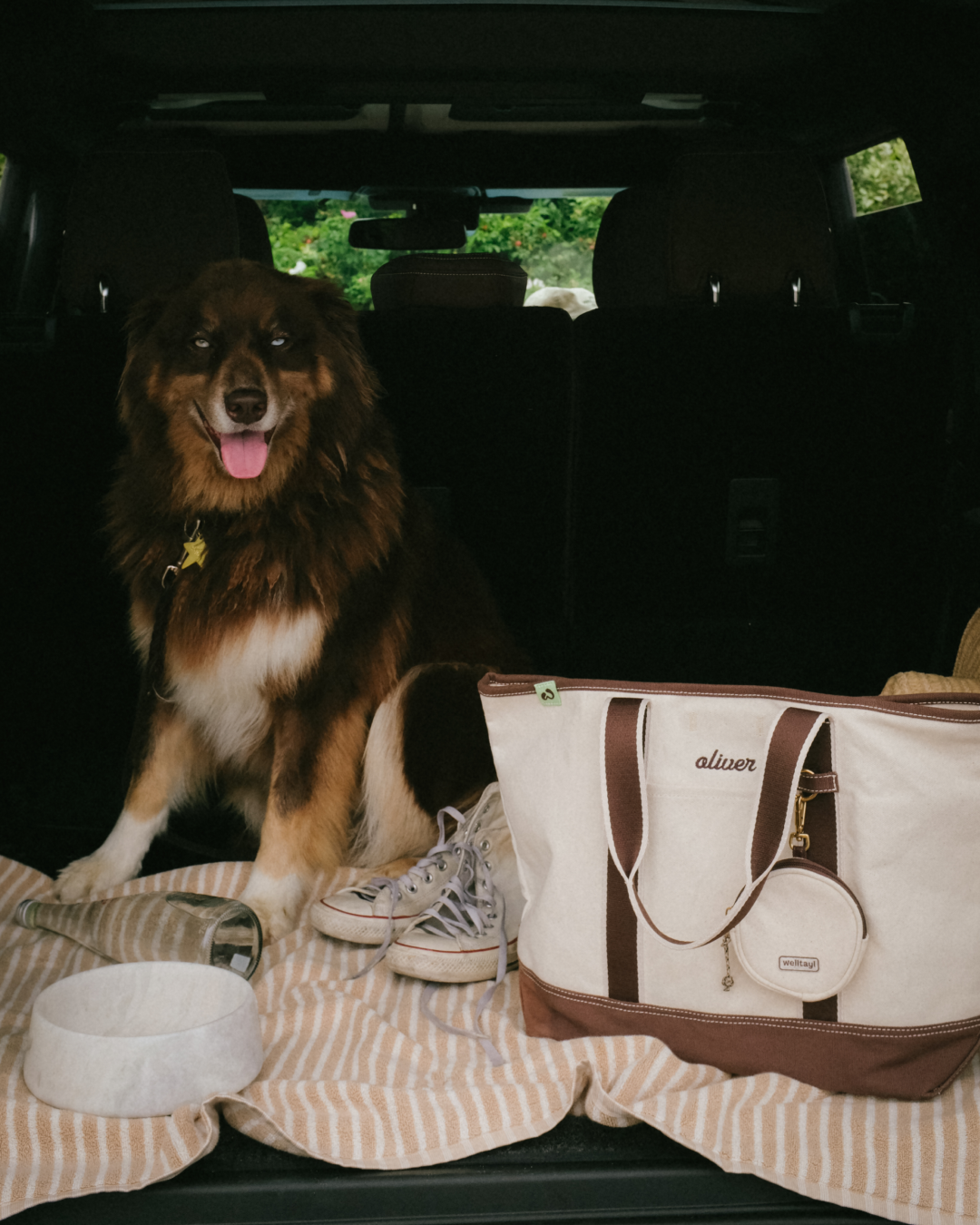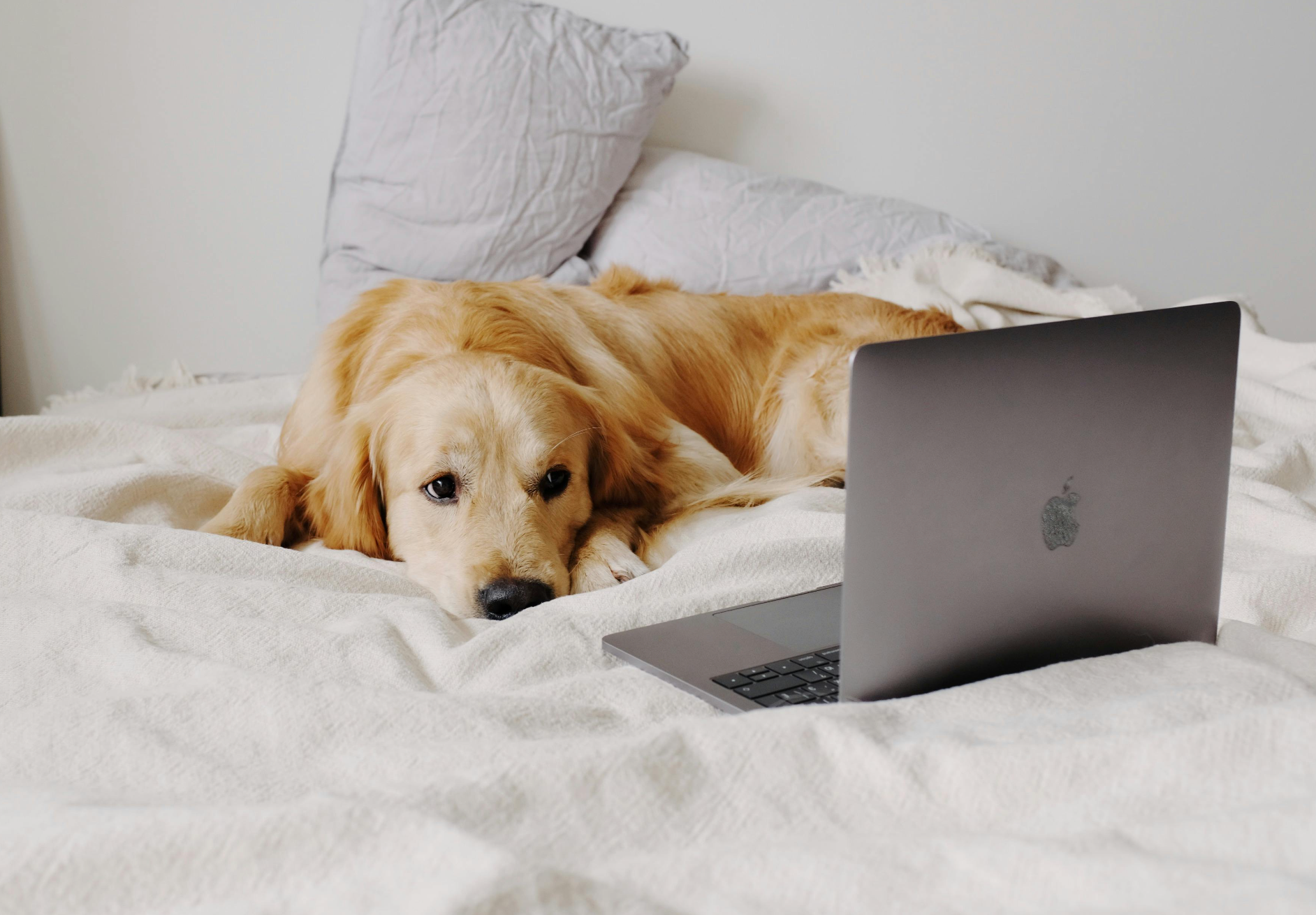Does your dog seem sad or stressed when you leave the house? Maybe they bark, whine, or even chew up your favorite shoes while you're gone. Just like people, dogs can feel anxious when they're left alone, often referred to as separation anxiety. It’s not because they’re being bad - it’s their way of showing they miss you and don’t know how to handle being apart.
Table of Contents:
- Key Takeaways
- Understanding Separation Anxiety In Dogs
- 3 Effective Strategies To Help A Dog With Separation Anxiety
- Tools And Products To Ease Separation Anxiety
- When To Seek Professional Help
- Conclusion
- Frequently Asked Questions
Key Takeaways
-
🥺 Dogs with separation anxiety often exhibit distressing behaviors such as barking, whining, or destructive chewing when left alone.
-
💚 Gradual desensitization and positive reinforcement can help your dog feel more comfortable during your absence.
-
🏠 Creating a calming environment, including a designated safe space and soothing background noise, aids in reducing anxiety.
-
🧸 Interactive toys, puzzle feeders, and calming aids like pheromone diffusers are effective tools for managing mild to moderate cases.
-
🩺 Professional assistance from a veterinarian or dog trainer may be necessary for severe separation anxiety.
-
💊 Combining behavior modification techniques with medication to reduce anxiety ensures a tailored approach to supporting your dog.
Understanding Separation Anxiety In Dogs
Separation anxiety happens when your dog feels worried or upset when left alone. Recognizing the signs and causes can help you tackle this issue effectively.
Common Signs Of Separation Anxiety
Dogs with separation anxiety show signs of distress when left alone. Common behaviors include excessive barking or whining, destructive chewing (e.g., furniture, shoes), pacing, and attempts to escape. Additionally, some dogs may drool, pant, or tremble. These behaviors often start as soon as you leave or shortly afterwards.
Causes Of Separation Anxiety In Dogs
Several factors contribute to separation anxiety in dogs. Adoption-related changes, such as moving to a new home or shelter, can increase stress. A dramatic shift in routine, like a new work schedule or family member, might trigger this anxiety. Some dogs develop this condition due to genetics or a lack of training in being alone from an early age.
3 Effective Strategies To Help A Dog With Separation Anxiety
Separation anxiety can be overwhelming for your dog, but several proven strategies can ease their distress and build their confidence when alone.
1. Gradual Desensitization and Training
Helping your dog adjust to being alone takes time and patience. Gradual desensitization involves increasing the time you’re away in small, manageable increments. For example, start by leaving for just a few minutes, then slowly work up to longer periods while ensuring your dog stays calm. Pair this with giving treats or rewards every time you leave, helping them associate your absence with positive experiences.
Practice training exercises like "down stays" or mat training to teach your dog to stay relaxed. Using techniques like clicker training or food rewards encourages calm behavior and strengthens their sense of security when separated. Adding mental stimulation, such as food puzzles or treat-dispensing toys before you leave, can also keep their minds occupied.
2. Creating A Safe Space For Your Dog
Designing an environment where your dog feels safe can lower anxiety. Use a quiet room or a specific part of your home where they can relax without loud noises or outside distractions. Block their view of triggering outdoor activities. Leaving on soothing background noises, like white noise or soft music on the radio, creates a calming atmosphere and masks sudden sounds. Consistency in this setup ensures your dog builds a sense of routine and comfort.
3. Using Positive Reinforcement
Reward calm behavior every time you return home and during short practice departures. For instance, you can give your dog a treat-stuffed toy just before you leave, ensuring they stay busy while associating your departure with something enjoyable. For dogs with mild separation anxiety, interactive games or food puzzles can be effective. It is best to avoid using such items in severe cases, as they can become cues that increase anxiety if only associated with being left alone.

Tools And Products To Ease Separation Anxiety
Using the right tools and products can make a significant difference in reducing your dog's separation anxiety. Some stimulate their minds, while others create a calming environment.
Interactive Toys And Puzzles
Interactive toys and puzzles are excellent for engaging your dog's mind, especially if they have mild separation anxiety. Toys like treat-filled Kongs or puzzle feeders can keep them busy by rewarding their problem-solving efforts. Limiting their use might be wise for dogs with severe anxiety, as these items could trigger stress if tied only to your departure. Rotate toy options to maintain your dog’s interest.
Calming Aids And Products
Calming aids like pheromone diffusers and collars help reduce stress by mimicking natural soothing signals dogs recognize. Products such as Adaptil diffusers release these pheromones into the air, promoting relaxation. Calming music can further help by masking unfamiliar noises and creating a serene atmosphere. If loud noises are a trigger, consider a Thundershirt which is similar to a swaddle to help calm your pup. There are many products that offer support for both mild and moderate separation anxiety cases.
Looking for practical tips and updates to help your dog feel safe and happy? Join the Welltayl newsletter! Get expert advice on caring for your furry friend and discover new ways to improve their well-being. Sign up now and stay ahead on all things dog care.

When To Seek Professional Help
Severe separation anxiety can affect your dog's safety, your bond with them, and your household. If your dog injures themselves, damages property, or shows extreme stress when left alone, seeking help from a veterinarian or certified dog trainer is critical. Professional guidance ensures effective solutions tailored to your dog's specific needs.
Consulting A Veterinarian
Veterinarians evaluate your dog's anxiety level and may suggest behavior-modifying medication. Options like fluoxetine (Prozac®) or clomipramine (Clomicalm®) are commonly prescribed to reduce behaviors related to anxiety. These medications generally take a few weeks to show results and work best when combined with behavior modification techniques. Regular check-ups help monitor progress and side effects during long-term treatment.
Working With A Professional Dog Trainer
Certified dog trainers apply behavioral strategies, such as desensitization and counterconditioning, to ease anxiety. For example, trainers may teach your dog to associate your departure with positive experiences, like a reward or treat. They might also recommend interactive toys or mental challenges before leaving, helping reduce energy and stress. Building confidence and reducing your dog's dependence on constant human presence are key goals.
Conclusion
Helping your dog overcome separation anxiety takes time, patience, and consistency, but the results are well worth the effort. By understanding their needs and using the right strategies, you can create a more secure and comforting environment for them.
Whether it’s through training, mental stimulation, or professional support, your dedication can make a significant difference in their well-being. With your support, your dog can learn to feel calm and confident, even when you’re not home.
Looking for dog tips that go beyond the basics? Sign up for the Welltayl newsletter. You'll get practical advice and the latest updates to keep your dog happy and healthy.
Frequently Asked Questions
What are the common signs of separation anxiety in dogs?
Separation anxiety in dogs often leads to excessive barking, whining, destructive chewing, pacing, drooling, trembling, or attempting to escape right after the owner leaves. These behaviors indicate stress rather than bad behavior.
When should I seek professional help for my dog’s separation anxiety?
If your dog’s anxiety is severe and impacts their safety or well-being, consult a veterinarian or a certified trainer. Medications or tailored behavioral techniques may be necessary to address the issue effectively.
Can medication help dogs with severe separation anxiety?
In cases of severe separation anxiety, a veterinarian may prescribe medications like fluoxetine or clomipramine. These are often paired with behavior modification strategies to improve outcomes.
Is it possible to completely cure separation anxiety in dogs?
While it may not always be completely "cured," consistent training, tools, and support can significantly reduce separation anxiety. Tailored strategies and professional guidance can help improve your dog’s well-being over time.
Resources:
Read more
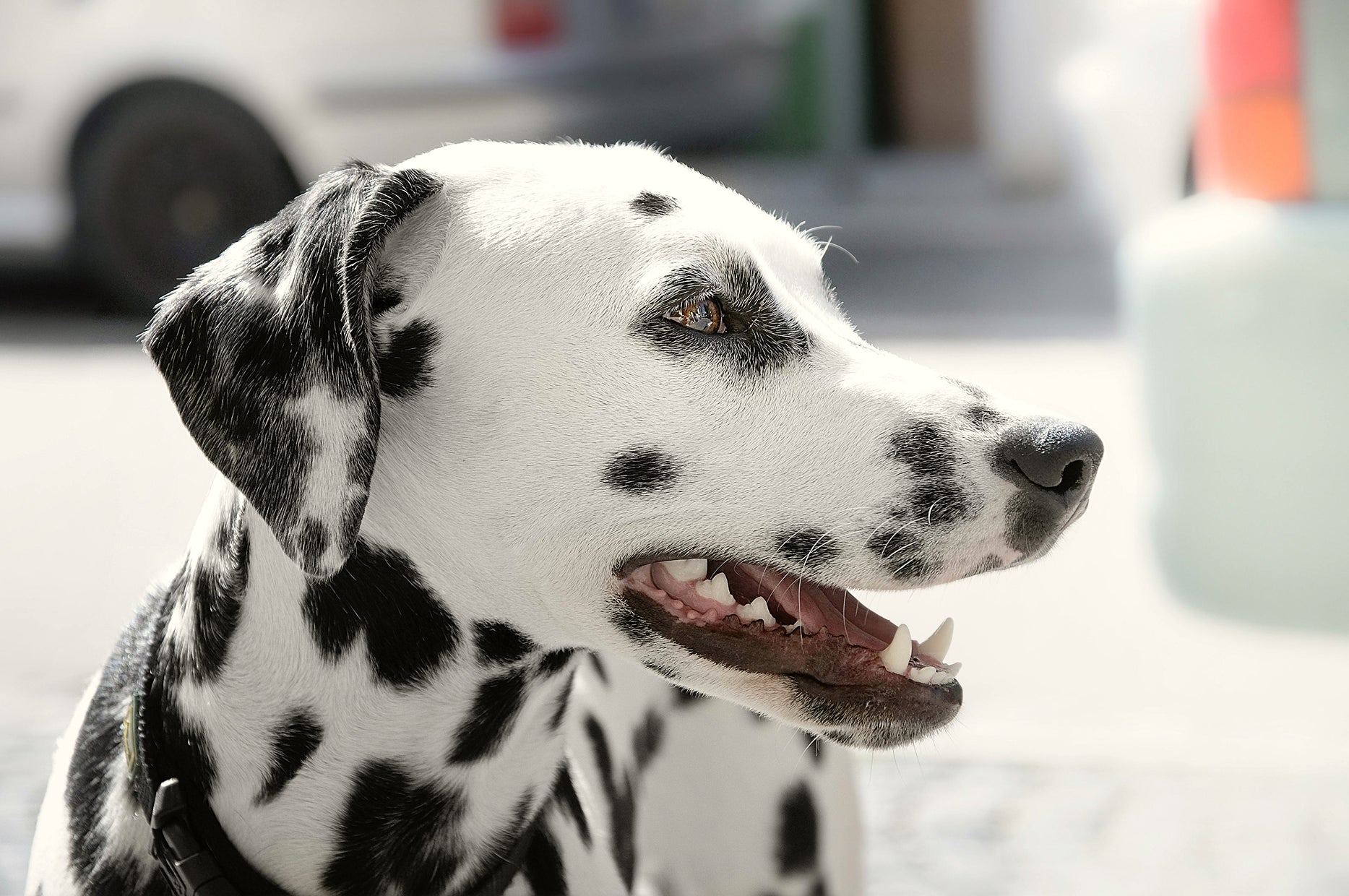
Understand your dog’s body language. Decode signals, build trust, and strengthen your bond. Start connecting better with your dog today!
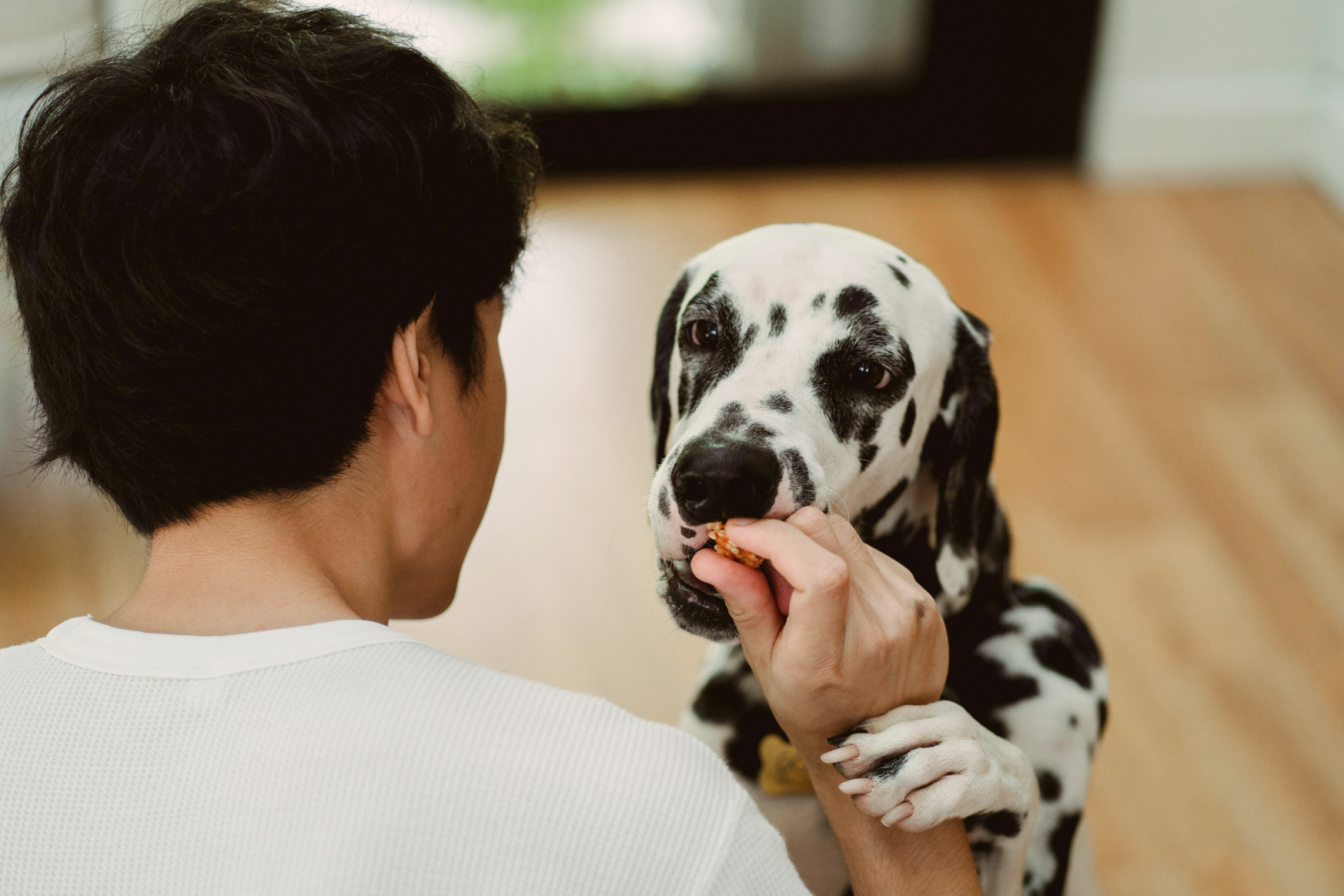
Discover the best dog diet for health, energy, and happiness. Learn about balanced nutrition, portion control, diet types, and common mistakes to avoid.

